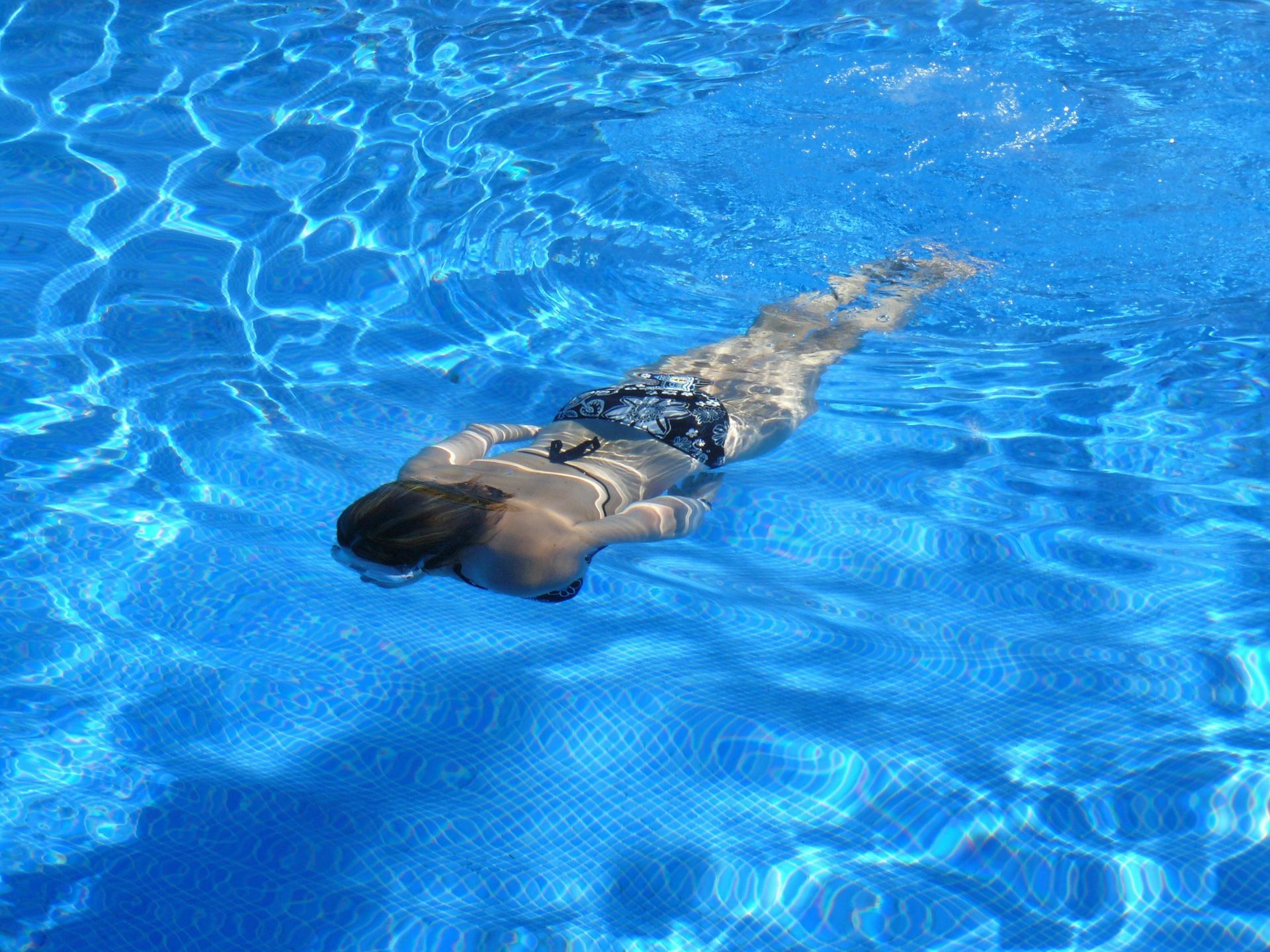Is Mold Making You Sick?
Evangeline Lindorf
Mold Illness Symptoms

Is Mold Making Me Sick? Common Symptoms & What to Watch For
Mold exposure is more than just an allergy trigger—it can be a root cause of chronic illness that is often overlooked. If you’ve been experiencing persistent symptoms without a clear diagnosis, mold might be the missing piece of the puzzle. Let’s explore the most common signs of mold illness and how to determine if your environment is making you sick.
Common Symptoms of Mold Illness
Mold illness, also known as Chronic Inflammatory Response Syndrome (CIRS), can affect multiple systems in the body. Here are some of the most frequently reported symptoms:
1. Respiratory Issues– Chronic sinus congestion, shortness of breath, wheezing, or a persistent cough can indicate mold exposure.
2. Brain Fog & Cognitive Issues – Difficulty concentrating, memory problems, and confusion are common in mold toxicity.
3. Fatigue & Weakness – If you feel exhausted despite adequate rest, mold-related inflammation may be depleting your energy.
4. Skin Reactions – Unexplained rashes, itching, or increased sensitivity to chemicals could be linked to mold exposure.
5. Digestive Problems – Nausea, bloating, diarrhea, or irritable bowel syndrome (IBS) symptoms can be triggered by mold.
6. Muscle & Joint Pain – Widespread body aches, stiffness, and inflammation may indicate mold-induced toxicity.
7. Mood Changes – Anxiety, depression, or increased irritability can result from mold-related neuroinflammation.
8. Increased Sensitivity to Light, Sound, and Smells – Mold can affect the nervous system, making you more sensitive to stimuli.
How to Determine If Mold is Making You Sick
- Evaluate Your Environment– Have you noticed symptoms worsen at home, work, or school? Musty odors, water damage, or visible mold growth are red flags.
- Track Your Symptoms
– If symptoms improve when you leave a certain space for an extended period, mold may be a contributing factor.
- Consider Testing
– Mold illness isn’t always obvious on standard medical tests. Specialized urine mycotoxin tests and inflammatory marker panels can help confirm exposure.
Next Steps: What You Can Do
If you suspect mold is impacting your health, here’s what you can do:
- Schedule a consultation for mold illness testing and a personalized treatment plan.
- Take steps to assess and remediate mold in your environment.
- Begin supporting your body’s detox pathways with proper nutrition, binders, and lifestyle changes.
Ready to Get Answers?
At Your Inspired Vitality, we specialize in identifying and treating mold-related illnesses. If you suspect mold exposure is affecting your health, contact us today to schedule a consultation and start your healing journey.

Safe Exercise for People with Hypermobility Ehlers-Danlos Syndrome (hEDS) If you’ve been diagnosed with hypermobility Ehlers-Danlos Syndrome (hEDS) , you know that movement can feel tricky. Joints may slip, ache, or feel unstable, and sometimes exercise feels intimidating and overwhelming. However, the right kinds of exercise will help you get stronger, protect your joints, and improve your daily comfort. The goal with hEDS is not to push your body to extremes—it’s to gradually, over time, build gentle strength, stability, and confidence. Why Exercise Matters with hEDS The right types of movement can: Strengthen muscles that support loose joints. Improve balance and body awareness (reducing injury risk). Ease pain and fatigue. Boost mood and energy. Nurse Pro Tip : Think “support” not “stretch.” The goal isn’t more flexibility—you already have plenty—but stability and protection. ✅ Safe & Helpful Exercises When choosing activities, think slow, steady, and supportive. 💧 Water-Based Exercise Swimming, water walking, or gentle aquatic therapy take pressure off your joints while still giving you resistance to build strength. 🧘 Modified Pilates or Yoga Focus on core strength and stability. Skip deep stretches—keep movements small, controlled, and steady. 🏋️ Light Strength Training Resistance bands or light weights help build protective muscle. Stick with lighter loads, higher reps, and slow, intentional movements. 🚶 Walking or Cycling Flat-ground walking and recumbent cycling are gentle, low-impact ways to support cardiovascular health. 🤲 Physical Therapy Exercises A physical therapist who understands hEDS can teach you safe, customized strengthening routines to stabilize your most vulnerable joints. ( Email me @ yourinspiredvitality@gmail.com for personalized recommendations or referrals to Utah PTs familiar with hEDs). ❌ Exercises to Avoid Some activities can increase the risk of injury or worsen symptoms. It’s best to avoid: High-impact sports (running, jumping, contact sports). Heavy weightlifting (places too much strain on joints). Deep stretching or “contortion-like” yoga. Fast-paced HIIT workouts with explosive movements. Gymnastics or flexibility-focused training. Nurse Pro Tip : If the focus of a workout is “how far you can stretch” or “how heavy you can lift,” it’s probably not the right fit for hEDS. 💡 Tips for Moving Safely Listen to your body—stop if something feels wrong. Prioritize stability, not flexibility. Work with professionals who understand hypermobility. Progress slowly—small, consistent steps are safest. ✨ The Bottom Line -- Living with hEDS doesn’t mean avoiding exercise. It means finding the right kind of movement that supports your body instead of stressing it. With gentle, strengthening exercises, you can feel stronger, reduce pain, and enjoy a more active, confident life.

